Top Collecting Tips
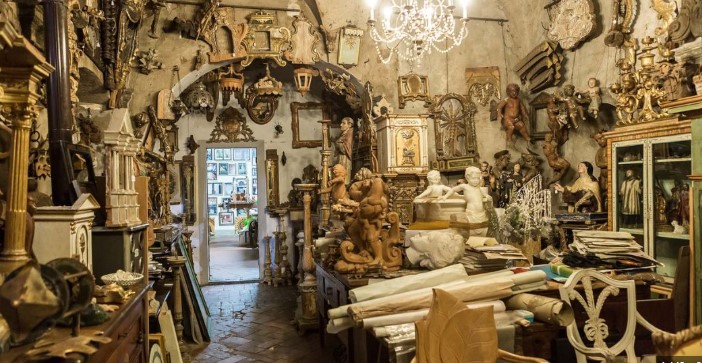
Top 5 Tips for First-Time Antique Buyers
- 1. Start small - look for affordable items to develop your eye before investing in pricier pieces.
- 2. Research before you buy - know what you're looking at and its typical value.
- 3. Visit markets early for the best finds, but late for potential bargains.
- 4. Check for damage carefully - condition dramatically affects value.
- 5. Buy what you love - the best collections reflect personal taste.
"Mate, if you find a mid-century sideboard for under 200 bucks, grab it like it's gold."
- Jacko, Melbourne collector since 1987
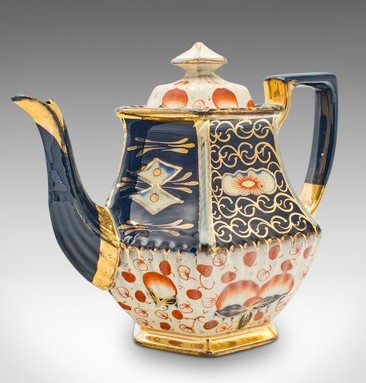
How I Scored a 19th Century Teapot at a Hidden Gem Market
Every collector has that one special find story. Mine happened on a blistering summer morning at a bustling Sunday market north of Brisbane. There, between stacks of chipped crockery and rusty tools, sat a perfect Victorian silver-plated teapot.
The stallholder had it priced at $35 - clearly unaware it was an 1890s James Dixon & Sons piece worth about twenty times that. The key was recognising:
- The distinctive hallmarks near the spout
- The weight and feel of quality silver plating
- The maker's stamp on the bottom
Lesson learned: Always inspect items closely and know your marks!
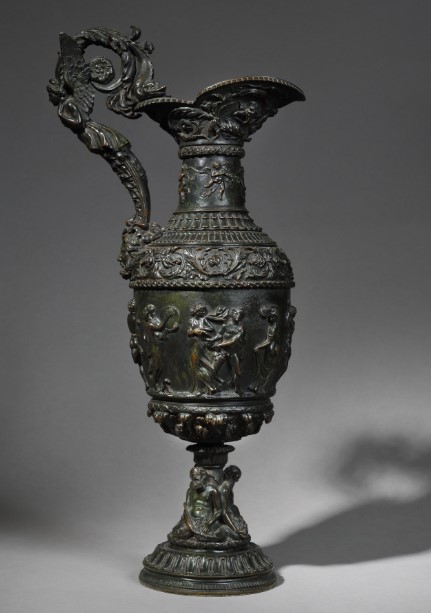
How to Spot Fakes at Markets
Our markets are treasure troves but sometimes sprinkled with convincing fakes. Here's how to identify them:
Too Perfect?
Genuine antiques show appropriate wear. Perfect edges or uniform aging are red flags.
Modern Materials
Check for plastic components, modern screws, or plywood that wouldn't exist in the claimed period.
Price Too Good?
While bargains exist, suspiciously low prices on "rare" items should raise questions.
Maker's Marks
Replicas often duplicate markings inaccurately. Familiarize yourself with genuine ones.
"A bloke tried to sell me a 'colonial' spoon rack last week - with staples holding it together? Yeah nah." - Sheila, Adelaide Market regular
Expert Advice
Wisdom from Australia's most experienced collectors and restorers
Margaret Whitmore
Antique furniture specialist • 40 years experience
"Many enthusiasts make the mistake of over-restoring pieces. Original patina tells a story - sometimes it's best left alone. But if you must restore, always:
- Use period-appropriate materials
- Document all changes you make
- Never sand away original finishes without consulting an expert first"
Tom Peterson
Ceramics expert • ABC's Antique Roadshow Australia
"Australian collectors are sitting on goldmines of colonial-era pottery they don't realise are valuable. Check those cupboards! Here's what to look for:
- Bendigo Pottery and Crown Lynn Australiana pieces
- Pre-1930s McAlpine kitchenware
- Art Deco ceramics marked "Made in Australia"
- Sydney Harbour Bridge commemorative items (1932)
Linda Chen
Textile conservator • National Gallery of Victoria
"I see too many beautiful antique linens and lace ruined by improper storage. Australian conditions can be brutal on textiles. My golden rules:
1. Light: Never store in direct sunlight or under harsh lights. Even indirect light causes fading.
2. Temperature: Avoid extremes. Our hot summers accelerate fiber breakdown.
3. Materials: Wrap in acid-free tissue, never plastic which traps moisture and encourages mold.
Robert "Bob" Jones
Clockmaker • 2nd generation collector
"You've found an old clock? First things first - don't wind it! Costly repairs often start with enthusiastic winding of long-stopped mechanisms.
Do: Gently clean exterior with mild soap if needed, note all markings, photograph mechanisms before moving anything.
Don't: Use oils or sprays, attempt disassembly, or hang weight-driven clocks without professional assessment.
Restoration Ideas
Practical advice for bringing your finds back to life
Restoration or Patina? What Experts Say
When to Restore:
- Structural instability (wobbly legs, loose joints)
- Active deterioration (flaking paint, rust)
- Historical accuracy (returning to original finish)
- Safety concerns (lead paint, sharp edges)
When to Preserve Patina:
- Original finishes in good condition
- Rare items where patina proves age
- Objects where wear tells their story
- When you lack proper restoration skills
"I never fully strip original paint from Aussie colonial furniture anymore - that honey-coloured shellac under layers tells tales of our settler ancestors."
- Dot, Blue Mountains restorer
Restoration Inspiration
See what careful restoration can achieve:
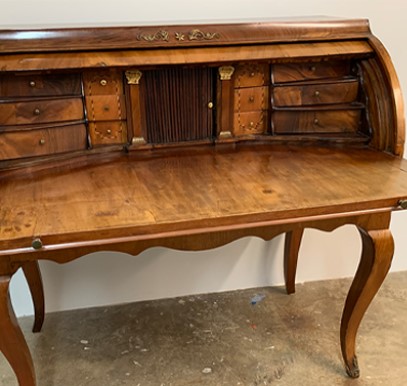
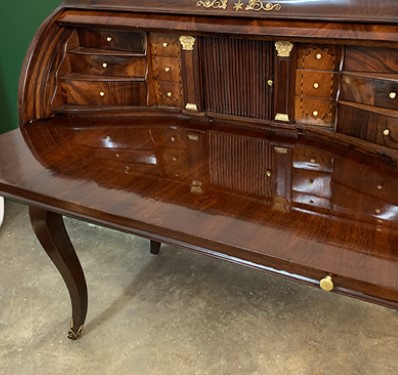
This 1920s Oak Chair:
- Required structural glue repairs to joints
- Original shellac cleaned and revived (not stripped)
- Re-caned seat using traditional methods
- Took 20 hours over 3 weeks
Storage Tips for Fragile Antiques
Furniture
- Elevate off concrete floors
- Dust covers allow air circulation
- Wax before long storage
- Check for borer beetles!
Ceramics & Glass
- Separate with acid-free tissue
- Store plates vertically
- Avoid temperature swings
- Handle gilt edges carefully
Textiles
- Roll, don't fold antique quilts
- Natural fibre bags prevent mildew
- Regular airing prevents mustiness
- Lavender repels moths safely
Metal Objects
- VCI paper slows tarnishing
- Silica gel packets control moisture
- Never store dissimilar metals touching
- Check annually for corrosion
Paintings
- Keep away from exterior walls
- Facing same direction prevents pressure
- Bubble wrap damages surfaces
- Photograph labels before storage
Books & Paper
- Store vertically, not stacked
- Dehumidifier prevents foxing
- Cardboard causes acid transfer
- Handle with clean hands
Pro Tip: Snap photos of stored items with your phone. Helps identify contents without unpacking and creates digital records for insurance.
Frequently Asked Questions
Common queries from novice collectors answered by our experts
Australia is full of affordable collecting opportunities! Focus on:
- Local pottery: Mid-century Australian ceramics are still undervalued compared to international equivalents.
- Kitchenalia: Vintage kitchen tools, especially Australian-made, make great starter collections.
- Books: Early 20th century Australian publications can be found cheaply at country markets.
- Bottles: Ancient-looking bottles are often actually recent, but pre-1950s Australian glass has distinctive features.
"My first collection was pre-decimal billiard scores. Bought for 50c each, now sell for $15-$20 a pop!" - Brett, NSW collector
Proper silver care extends far beyond commercial polish. Here's the expert-approved method:
- Start with mild soap and warm (not hot) water using a soft toothbrush
- For stubborn tarnish, make a paste with baking soda and a few drops of water
- Between cleanings, store with anti-tarnish strips in breathable fabric wraps
- Never use rubber gloves - they react with silver causing permanent damage
"Most silver gets damaged from overcleaning, not tarnish. A little patina is perfectly healthy!" - The Melbourne Silver Society
The distinction isn't always clear, but generally:
Vintage (1920s-1980s)
- Shows design intent
- Quality materials and construction
- Identifiable style period
- Often marked with maker's details
Just Old
- Poor quality materials
- No design aesthetic
- Mass produced without care
- Often poorly constructed
"Don't get hung up on labels. If you love that old bread bin from your gran's, it's vintage-enough for your kitchen!" - Deb, collector/dealer
Current rising stars in the Australian market:
- Indigenous artifacts: Contemporary Indigenous art has long been recognised, but early utilitarian items are now appreciated.
- Australiana ceramics: Particularly politically themed or commemorative pieces.
- Mid-century furniture: Local designers from 1950s-70s achieving international recognition.
- Advertising signage: Early Australian company signs with distinctive lettering.
- Colonial silver: Made from Australia's first mined precious metals.
"But remember folks - never collect just for investment. Buy what brings you joy." - Australian Antique Collectors Association
Get in Touch
Have a burning antique question? Found something interesting? Want to share your own story?
Thanks for your message! We'll get back to you soon.
Alternatively, join our community discussions: